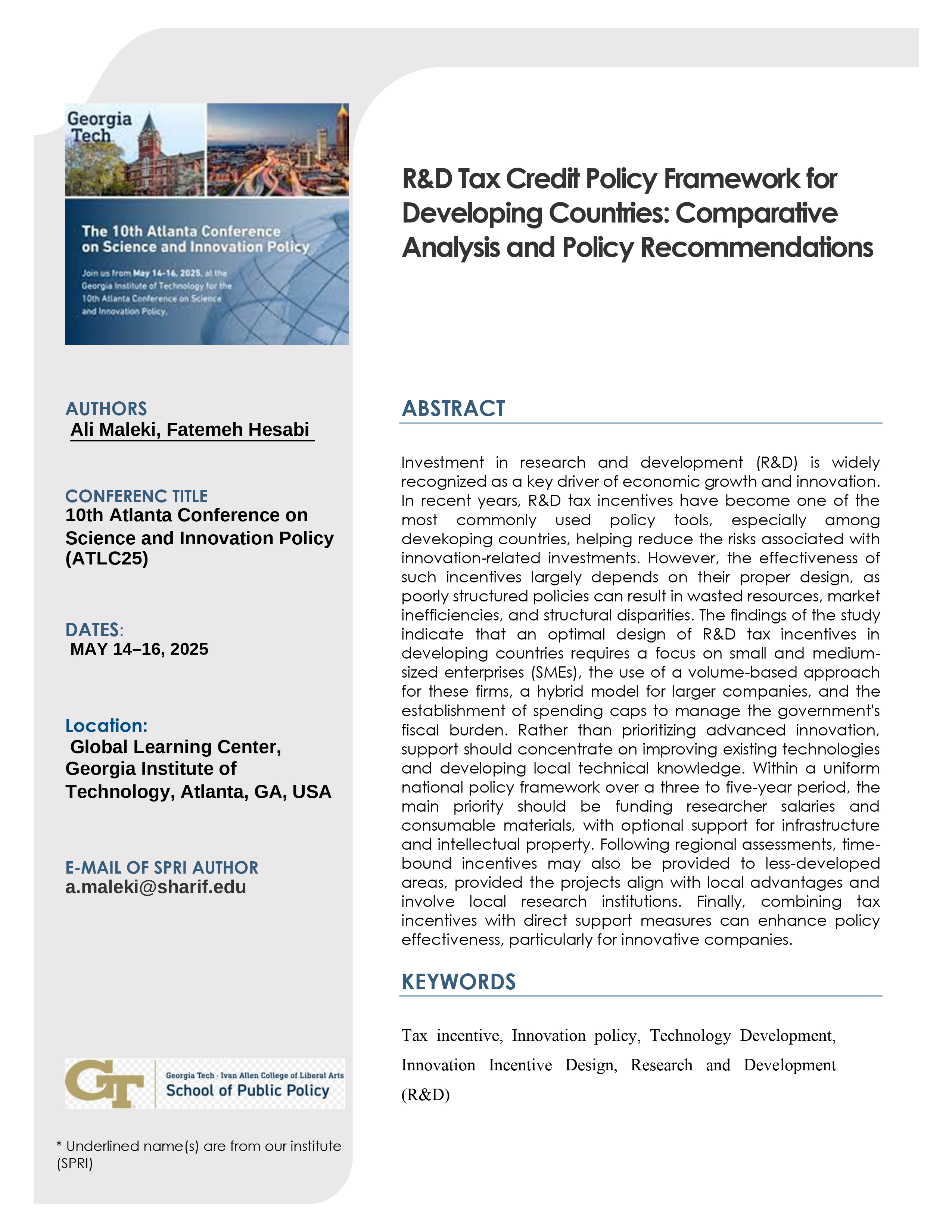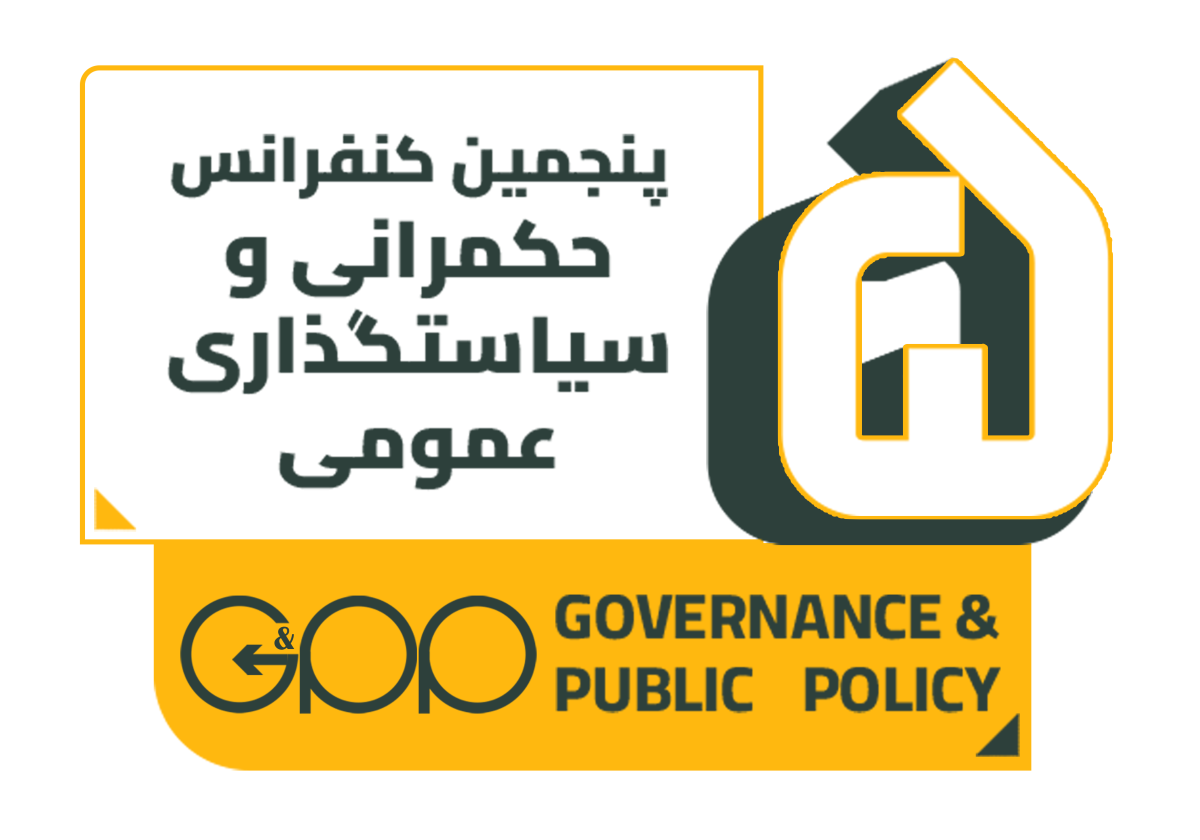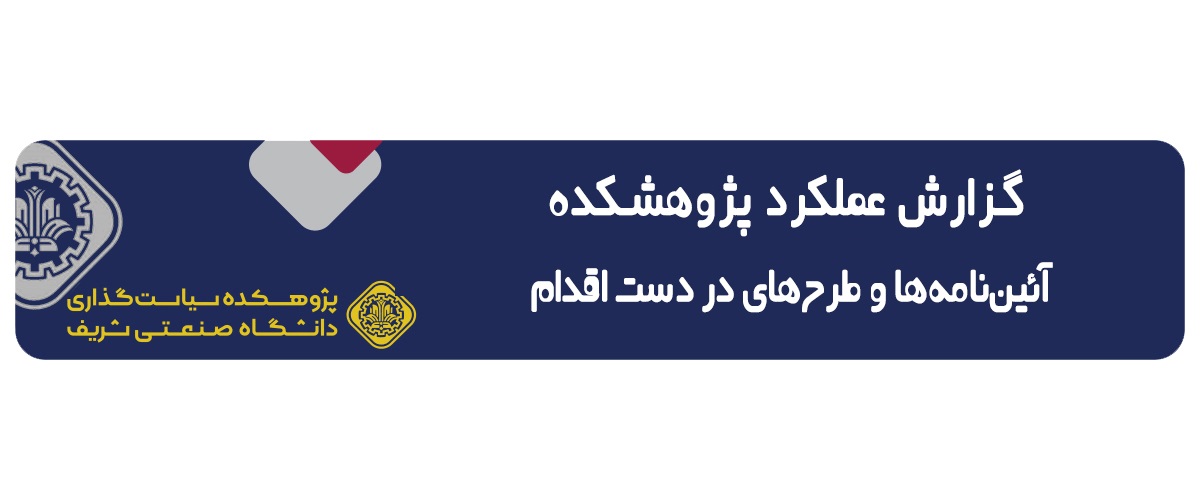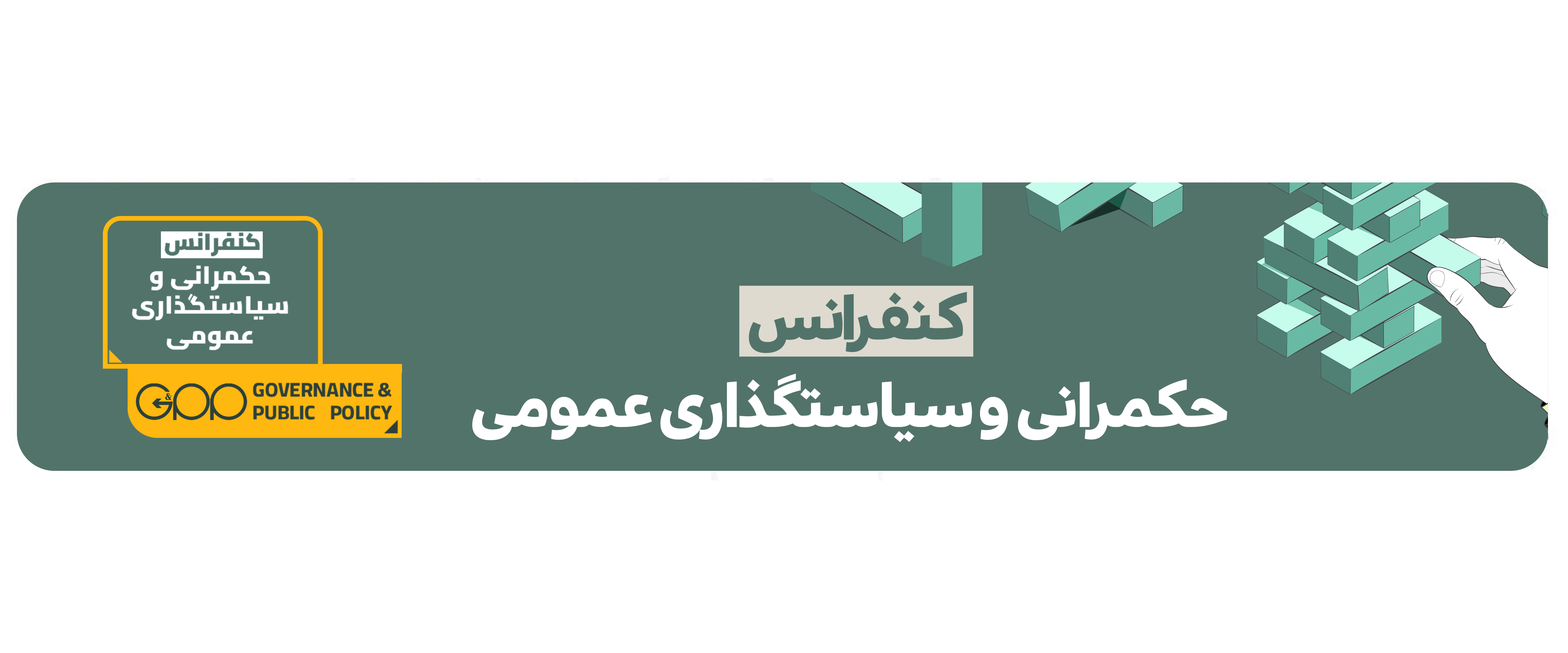abstract
Investment in research and development (R&D) is widely recognized as a key driver of economic growth and innovation. In recent years, R&D tax incentives have become one of the most commonly used policy tools, especially among devekoping countries, helping reduce the risks associated with innovation-related investments. However, the effectiveness of such incentives largely depends on their proper design, as poorly structured policies can result in wasted resources, market inefficiencies, and structural disparities. The findings of the study indicate that an optimal design of R&D tax incentives in developing countries requires a focus on small and mediumsized enterprises (SMEs), the use of a volume-based approach for these firms, a hybrid model for larger companies, and the establishment of spending caps to manage the government's fiscal burden. Rather than prioritizing advanced innovation, support should concentrate on improving existing technologies and developing local technical knowledge. Within a uniform national policy framework over a three to five-year period, the main priority should be funding researcher salaries and consumable materials, with optional support for infrastructure and intellectual property. Following regional assessments, timebound incentives may also be provided to less-developed areas, provided the projects align with local advantages and involve local research institutions. Finally, combining tax incentives with direct support measures can enhance policy effectiveness, particularly for innovative companies.
چکیده
سرمایهگذاری در تحقیق و توسعه (R&D) به عنوان موتور محرکه رشد اقتصادی و نوآوری در کشورها شناخته میشود. اعتبار مالیاتی تحقیق و توسعه، بهعنوان یکی از ابزارهای پرکاربرد سیاستی، در سالهای اخیر بهویژه در میان کشورهای در حال توسعه گسترش یافته و به کاهش ریسک سرمایهگذاری شرکتها در فعالیتهای نوآورانه کمک کرده است. با این حال، موفقیت این ابزار به طراحی دقیق و مناسب آن وابسته است و ناکارآمدی در طراحی این سیاستها اغلب به اتلاف منابع، شکست بازار و نابرابریهای ساختاری میانجامد. این پژوهش با رویکرد تطبیقی، به بررسی ساختارها و ویژگیهای برنامههای اعتبار مالیاتی تحقیق و توسعه در کشورهای توسعهیافته و در حال توسعه پرداخته و با تحلیل مؤلفه هاي کلیدی به شناسایی عوامل مؤثر بر کارایی این سیاستها پرداخته است. یافتههای این پژوهش نشان میدهد که طراحی مؤثر مشوقهای مالیاتی تحقیق و توسعه در کشورهای در حال توسعه نیازمند تمرکز بر شرکتهای کوچک و متوسط، استفاده از رویکرد حجممبنا برای آنها و مدل ترکیبی برای شرکتهای بزرگتر است. همچنین، تعیین سقفهای هزینه برای کنترل بار مالی دولت، تمرکز بر ارتقای فناوریهای موجود و دانش فنی بومی، و تخصیص اصلی حمایتها به دستمزد پژوهشگران و مواد مصرفی در چارچوب سیاستی ملی و پایدار توصیه میشود. در مناطق کمترتوسعهیافته، مشوقهای ترجیحی زماندار میتوانند اثربخش باشند؛ مشروط به آنکه پروژهها با مزیتهای محلی همراستا بوده و با مشارکت نهادهای علمی منطقهای اجرا شوند. در نهایت، ترکیب هوشمندانه مشوقهای مالیاتی با حمایتهای مستقیم، میتواند بهویژه برای شرکتهای نوآور، کارایی این سیاستها را افزایش دهد.
کلمات کلیدی
مشوق مالیاتی، سیاست نوآوری، توسعه فناوری، طراحی مشوق نوآوری، تحقیق و توسعه (R&D)



 علی ملکی
علی ملکی




